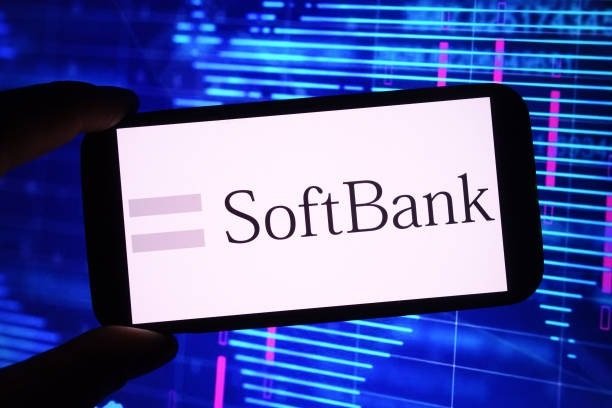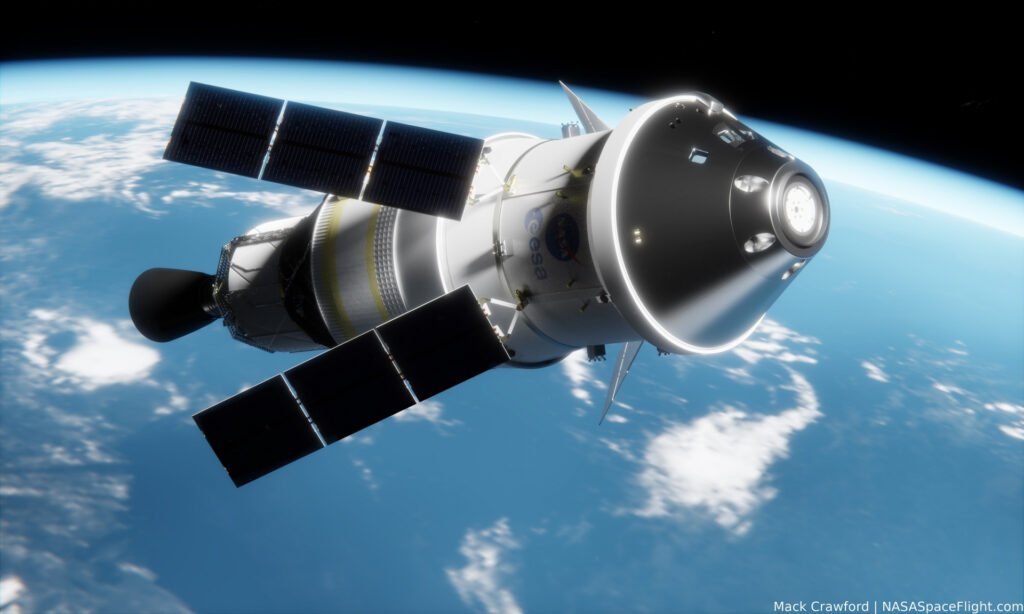The Pakistan import export budget 2025 marks a turning point for cross-border trade, with radical reforms targeting smuggling, export growth, and digital commerce. This 590-word analysis reveals exactly how businesses must adapt to these changes.
Pakistan Import Export Budget 2025: 5 Game-Changing Reforms
1. Tariff Slash – From 16 Rates to Just 4
It demolishes complex duty structures:
✔ New slabs: 0% (essential goods), 5% (raw materials), 10% (intermediate), 15% (finished)
✔ ACD abolished on 4,383 items including:
- Textile dyes (previously 7%)
- Pharmaceutical ingredients
✔ Regulatory Duty capped at 50% (down from 90% on luxury imports)
Impact: Local manufacturers gain 12% cost advantage on export production.
2. Digital Trade Transformation
This budget introduces:
🔹 Blockchain cargo tracking (Rs. 8B allocated)
🔹 1-2% digital tax on:
- Freelancer earnings (1%)
- E-commerce payments (2% on amounts >Rs. 10,000)
🔹 Stricter under-invoicing checks via AI systems
Controversy: Small traders protest “tech tax” compliance costs.
Pakistan Import Export Budget 2025: Sector Winners & Losers
| Sector | Win/Lose | Key Change | Business Impact |
|---|---|---|---|
| Textiles | ✅ Big Win | Duty-free cotton imports | 15% lower production costs |
| Auto Parts | ⚠️ Mixed | 4% ACD (was 6%) | Cheaper repairs but import competition |
| Agriculture | ❌ Lose | No new subsidies | Missed export potential |
3 Critical Implications for Businesses
- Exporters Must:
- Reconfigure supply chains for new duty structures
- Adopt digital payment systems
- Claim 17% R&D tax credits (new incentive)
- Importers Should:
- Audit HS codes for revised classifications
- Prepare for blockchain documentation
- E-Commerce Warning:
- COD transactions now taxed 0.25-2%
- Mandatory NTN registration for sellers
Future Roadmap: What’s Next?
The import export budget sets 3 ambitious targets:
- $5B export boost by 2027
- Paperless trade implementation by Q3 2026
- 20% faster customs via AI clearance
For more news and updates, please visit PFM Today.













